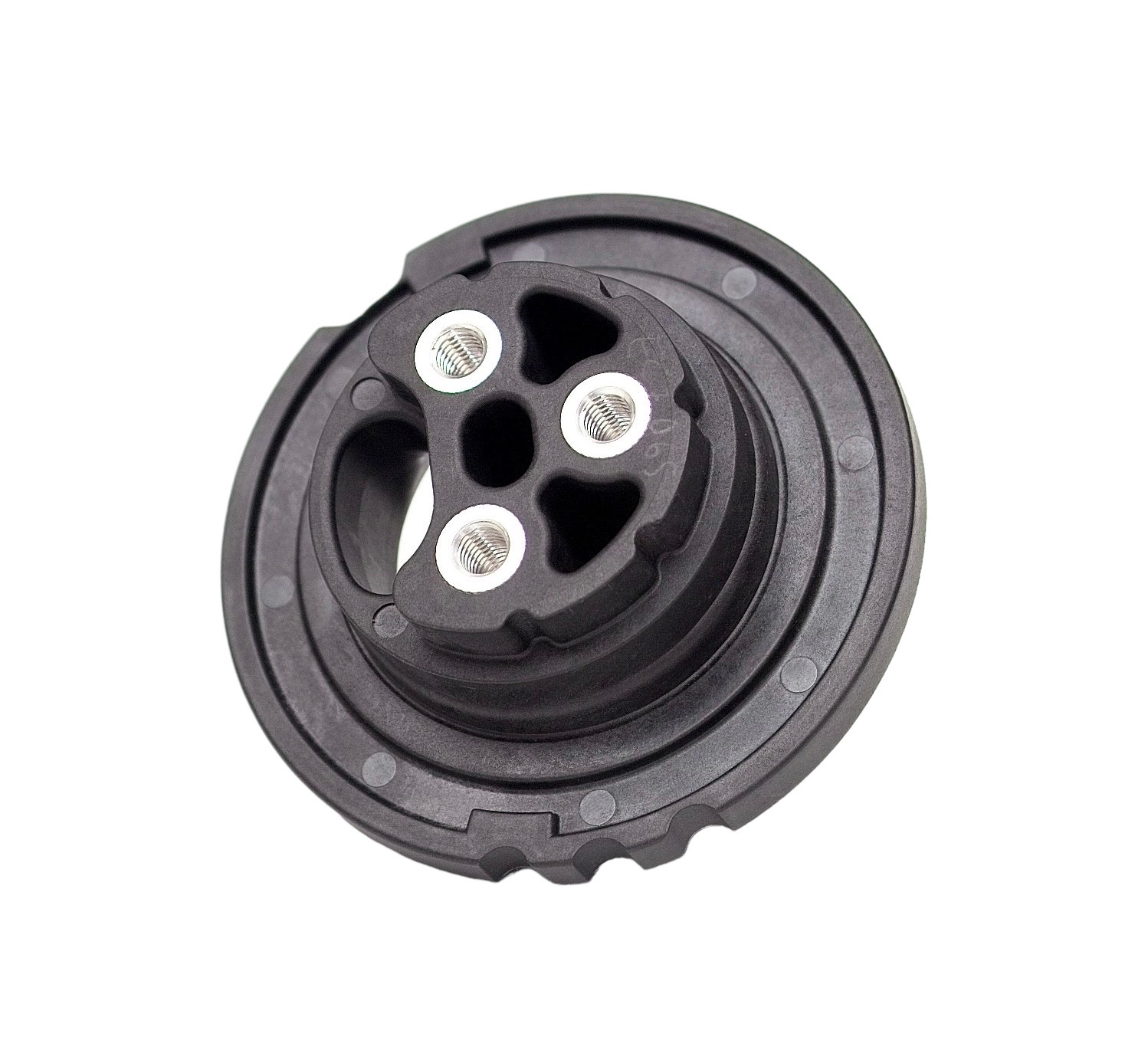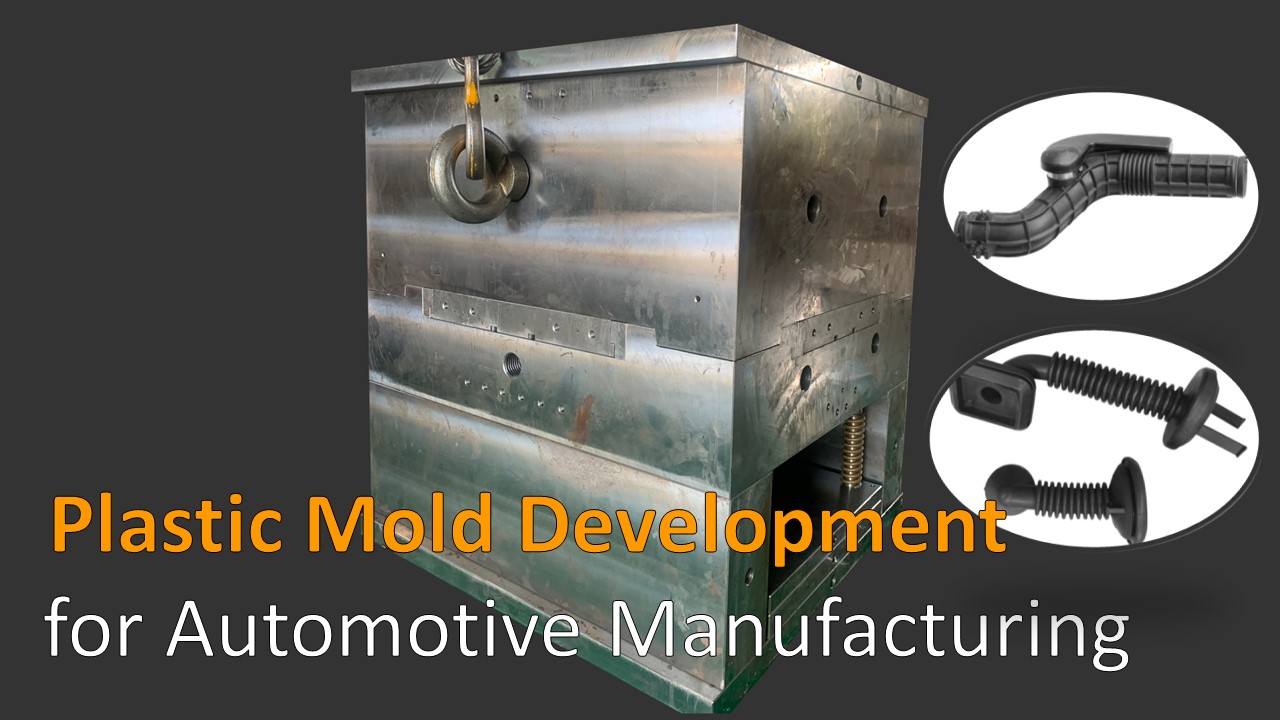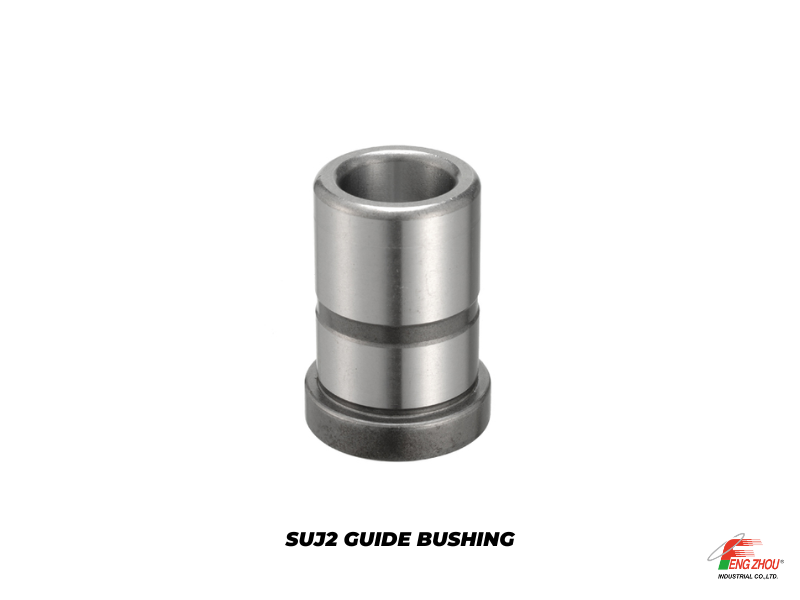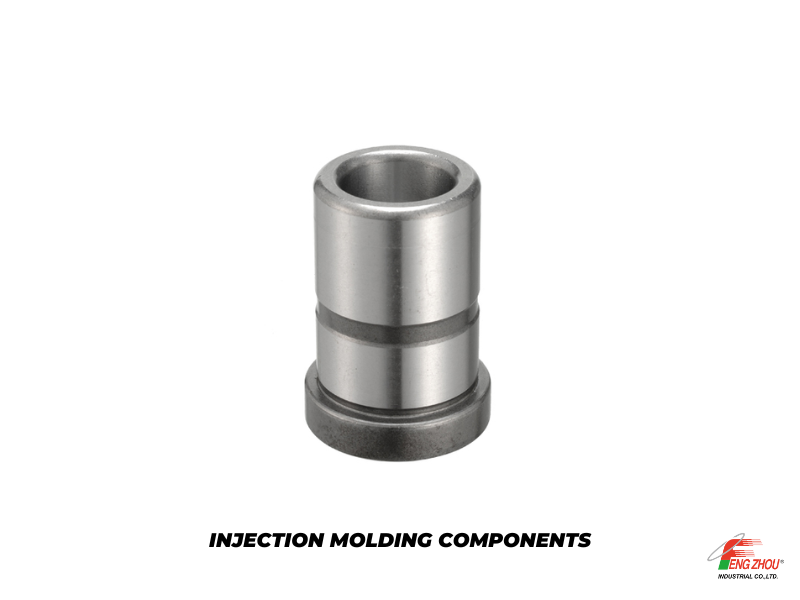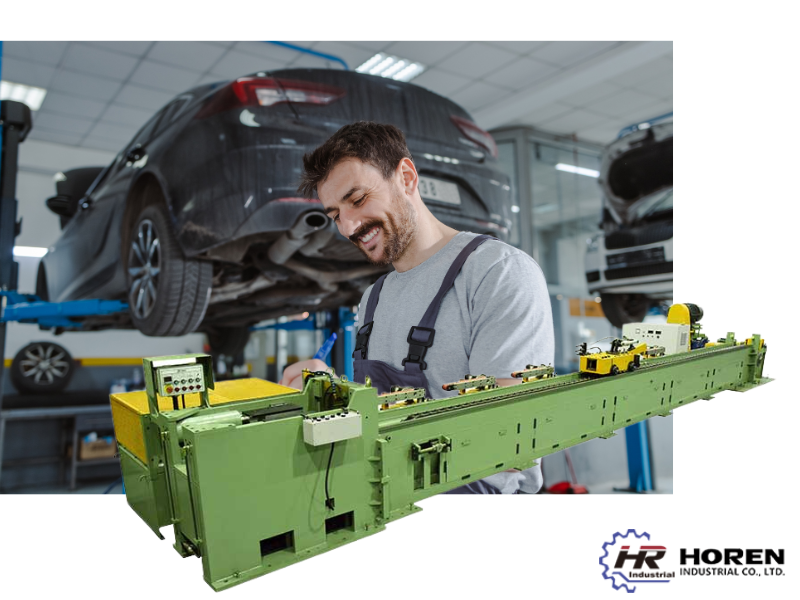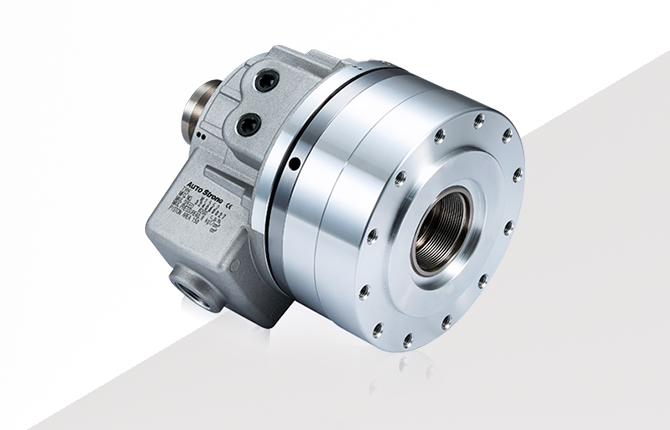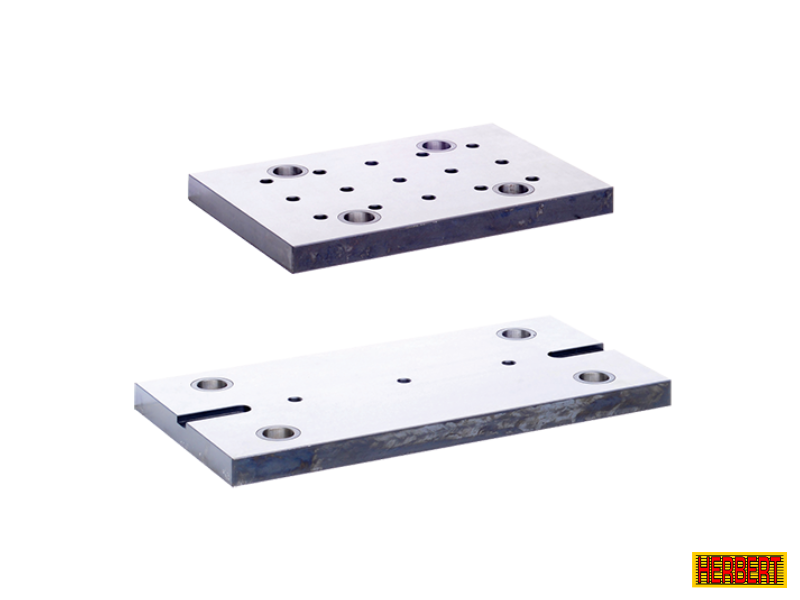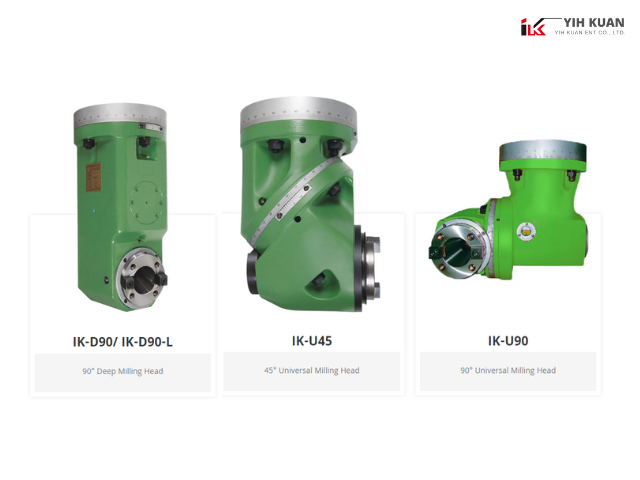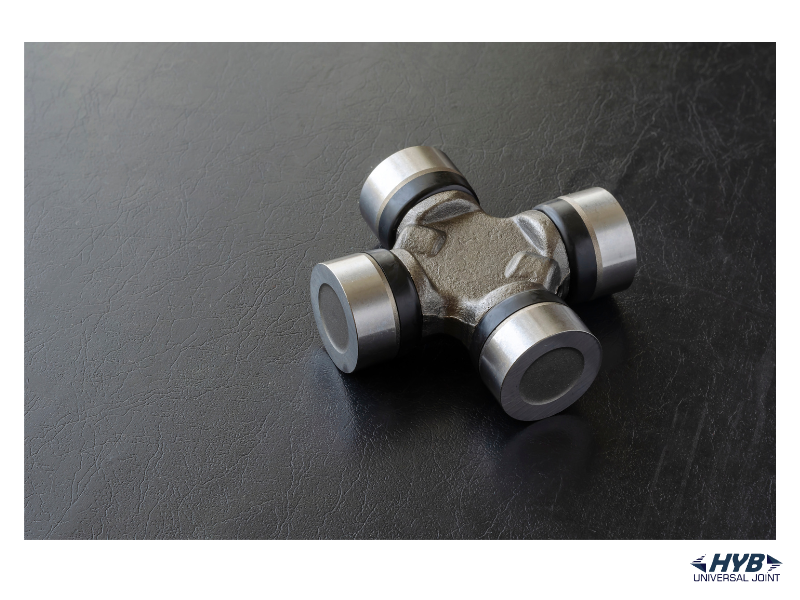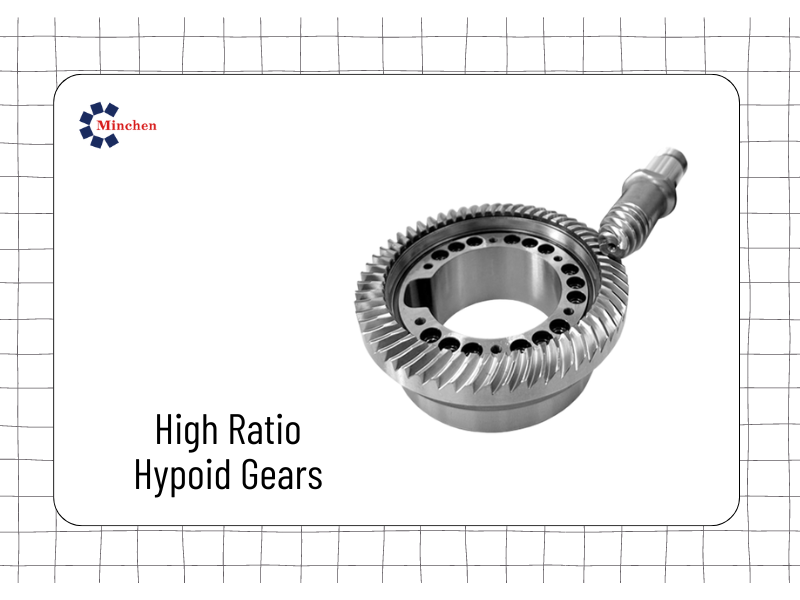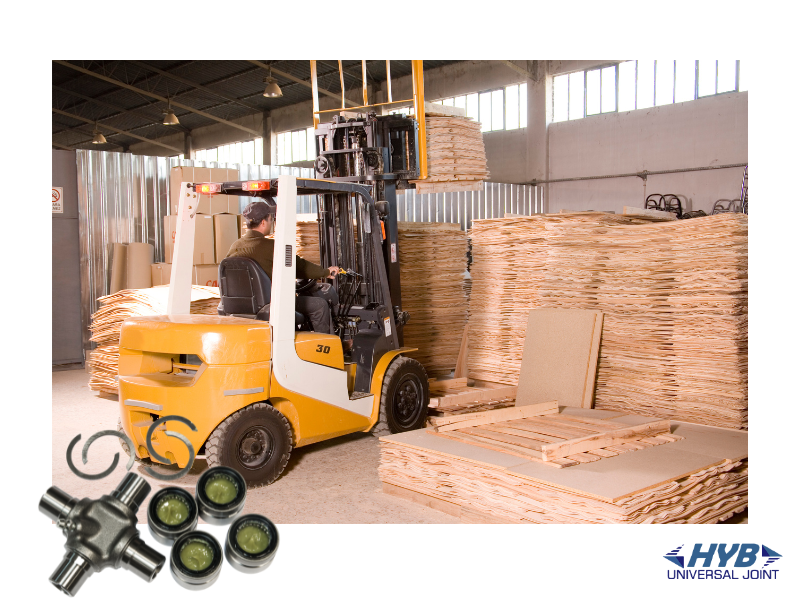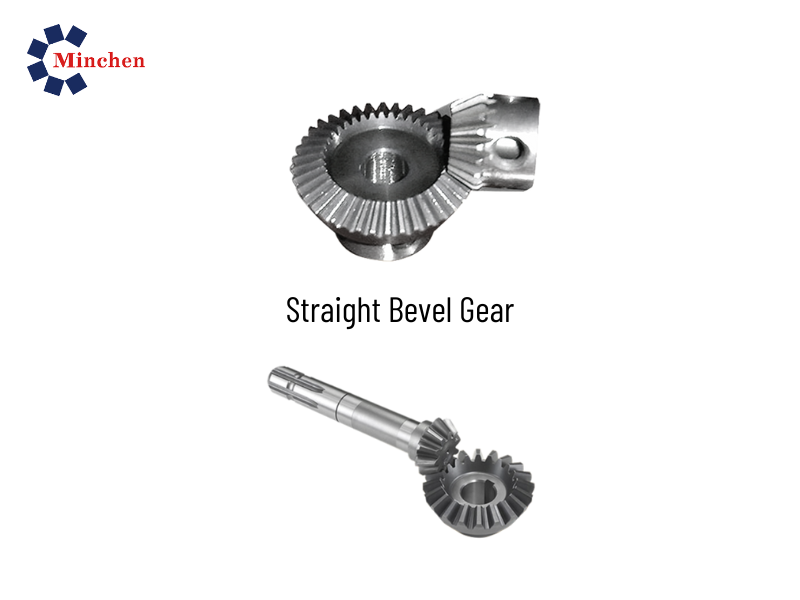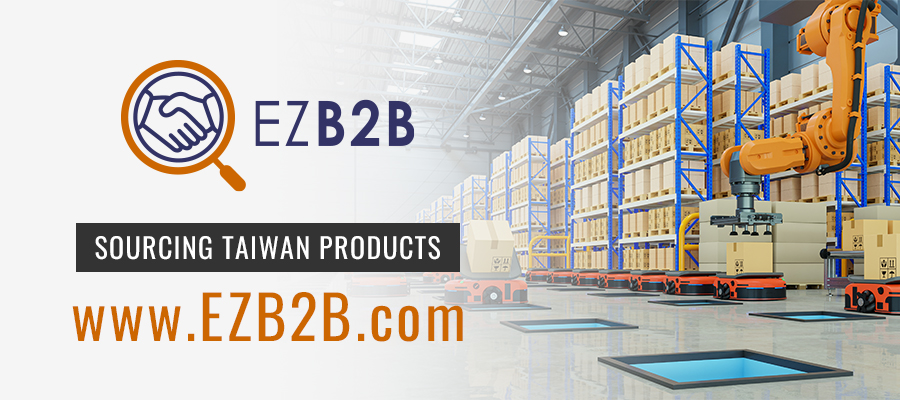Wire EDM at a Glance
2021-12-14Machinery
Wire EDM at a Glance
EDM or electrical discharge machining is the manufacturing process where electrical sparks are implemented to create a metal shape.
It is because of these same sparks that EDM is often called spark machining. During this process, the preferred shape gets cut from metal when the current sparks or discharges take place between the two electrodes in which the sparking happens. The cuts are then made on the metal to create the desired shape and detach it from the sheet of metal.
Sinker and wire are the two primary types of EDM, with other methods that are less common. In wire EDM, the tool electrode is a wire. This wire is wound in the middle of two spools, and once in motion, the wire’s active part switches constantly to ensure that the material doesn’t erode from the wire itself.
What Happens During the EDM Process?
A metal part is put in the dielectric fluid during the EDM process, with a wire getting fed through a submerged metal component. Electric current is then sent through the part to produce the sparks that will then help in forming the component’s desired shape.
The moment the distance that separates the electrodes become narrow, this will increase the electric fluid’s intensity, and as a result, it will also increase the dielectric fluid’s strength. This allows the current to pass between the couple of electrodes more easily under these conditions that will then allow the component to separate with every spark from the metal sheet.
Once the currents are done passing through and the preferred shape is already achieved, there are times when manufacturers also perform the process known as flushing. This is where they use a dielectric fluid that helps get rid of the leftover waste or material from the final product.
Wire EDM and Its Applications and Benefits
Also called as cheese cutter, the wire EDM machine offers some unique benefits that make this is popular option for manufacturers across various industries.
- Benefits of Wire EDM
Wire EDM machines have the ability of carefully removing any excess material with no need to exert a strong force when cutting. This process automated most of the time, which means that there are lower risks of incurring damages to the specific workpiece itself.
Since wire EDM machines can also accommodate even those hard materials, it also eliminates the need for post-machining and secondary thermal treatments. This means that the shaped part will have very little to not heat stress at all, with lesser chances of distortion on the part’s surface.
- Applications of Wire EDM
Wire EDM is most often used in die and mold manufacturing processes, specifically for blanking punches and extrusion dies. You can also use EDM for almost anything, from full production runs to prototypes, and is commonly used for manufacturing metal tools and components. This process is most suitable for applications that require low residual stress levels.
- EDM Industries
The EDM process is most typically used for manufacturing components and parts for the electronics, automotive, and aerospace industries.


